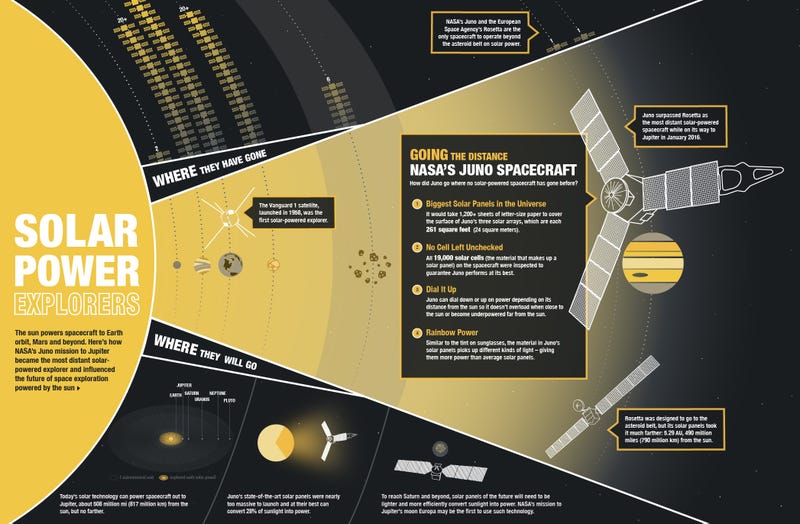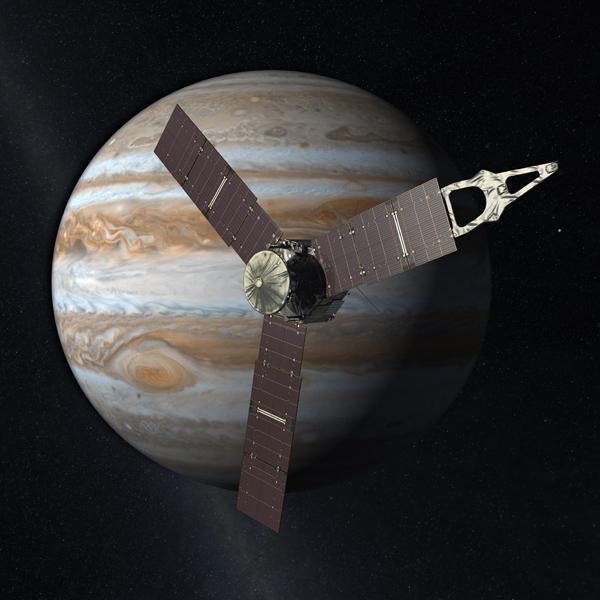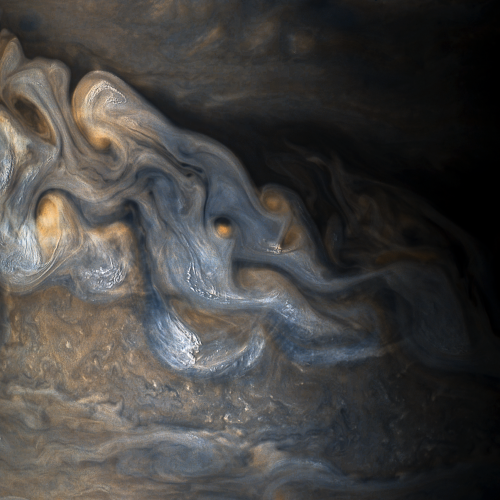- Joined
- 9 October 2009
- Messages
- 19,805
- Reaction score
- 10,296

http://gizmodo.com/all-hail-juno-our-record-breaking-solar-powered-emmiss-1752844953
NASA’s Juno spacecraft crossed the record-breaking 493 million miles from the Sun at 2pm ET on Wednesday January 13, 2016. This is the farthest any solar-powered explorer has ventured into deep space, which is usually occupied soley by robots running on radioisotope thermoelectric generators (RTGs). The previous record-holder is the European Space Agency’s still-functioning Rosetta spacecraft when it first intercepted comet 67P/Churyumov-Gerasimenko in October 2012. Before that, no solar powered craft had even made it past the asteroid belts.
Now Juno is going to keep pushing the record further, out to Jupiter. Once it reaches the gas giant, the explorer will be serving as a proof of concept for a new, more efficient solar power system. At up to 517 million miles from the Sun, the spacecraft is basking in only 1/25th of the sunlight we recieve on Earth. But what the panels get, they use well—Juno has a 28 percent conversion rate turning sunlight into power.
Juno’s solar power arrays so big, they were nearly too heavy to launch in 2011. The 4 ton spaceraft has three 30-foot long solar arrays with 18,698 individual solar cells. While they’ll only generate 500 watts of power out by Jupiter, they’re big enough that they’d generate 14 kilowatts here on Earth.
Yet they’re just barely enough to keep the spacecraft fully operational at distant Jupiter. If we want to use solar power to explore planets even further away, even just to the next planet over at Saturn, we’re going to need better technology to make more efficient, lighter panels that can be even larger, paired with more powerful rockets.



